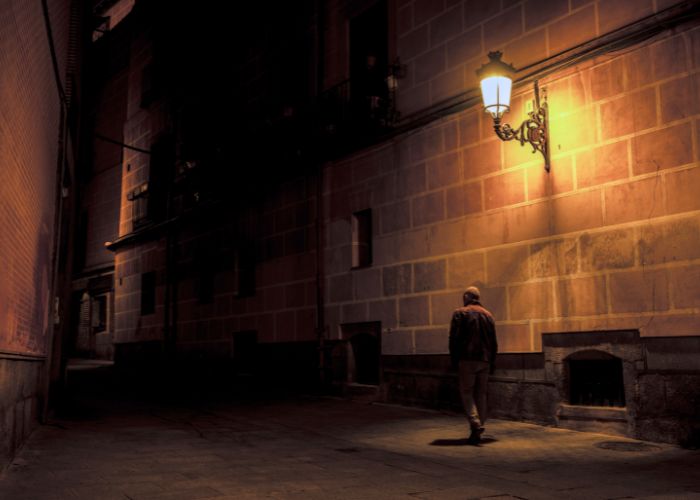Cities are constantly evolving—new buildings emerge, businesses open and close, and people come and go. In this fast-paced environment, prioritizing safety for everyone is of the utmost importance. Through the implementation of certain changes, you can be a part of making cities much safer for all residents and visitors. It will take a lot of work, but when you, others around you, and the city planners work together, you can make them happen.
Implement Traffic-Calming Measures
Speeding cars are a significant contributor to accidents in cities. To effectively mitigate this risk, implement a range of traffic-calming measures. These measures can include strategically placed speed bumps, well-designed roundabouts, and the establishment of reduced speed limits in critical areas. By adopting these comprehensive measures, you can encourage drivers to slow down, improving overall road safety. Ultimately, this will create streets that are safer for motorists, pedestrians, and cyclists.
Prioritize People Over Cars
Many cities cater to cars, which often leads to unsafe conditions for pedestrians and cyclists. To create a safer and more livable city, prioritize people over cars. Traffic-calming measures are one way to do this, but another great way to build for people over cars is to implement space-saving parking. Space-saving parking is important in modern cities because it increases driver and pedestrian safety by creating more space for dedicated bike lanes and wider sidewalks. With a more walkable and bike-friendly environment, you can reduce dependency on cars and create a safer and healthier city for everyone.
Improve Street Lighting
Poorly lit areas can be dangerous, especially at night. To address this concern, focus on increasing street lighting throughout the city. By strategically installing more streetlights in areas with high foot traffic and crime rates, you can significantly improve visibility and create a safer environment for residents and visitors.
This initiative will enhance the city’s overall sense of security and deter potential criminal activity, promoting a greater sense of community well-being. Additionally, well-lit streets can encourage more people to walk or bike, leading to a healthier and more active city population.
Plant More Trees
Planting more trees can greatly contribute to making cities safer and more sustainable. Trees have numerous benefits, including reducing air pollution by absorbing harmful gases and releasing oxygen, providing shade to combat the urban heat island effect, and improving air quality. Additionally, trees create a calm, soothing environment, which can help reduce stress and even lower crime rates.
Create Child-Friendly Spaces
Children need safe places to grow and thrive, especially in cities. One way to achieve these places is by reimagining and redesigning urban spaces to cater specifically to the needs of young people. By incorporating features such as playgrounds, green spaces, and pedestrian-friendly infrastructure, cities can create vibrant and inclusive environments that facilitate healthy childhood development.
Safety should always be a top priority in any city. These changes will make cities much safer for drivers, pedestrians, cyclists, and the entire community. With the right amount of passion and continuous work, you can help create a safe and inclusive space where everyone can thrive and enjoy a high quality of life.

















